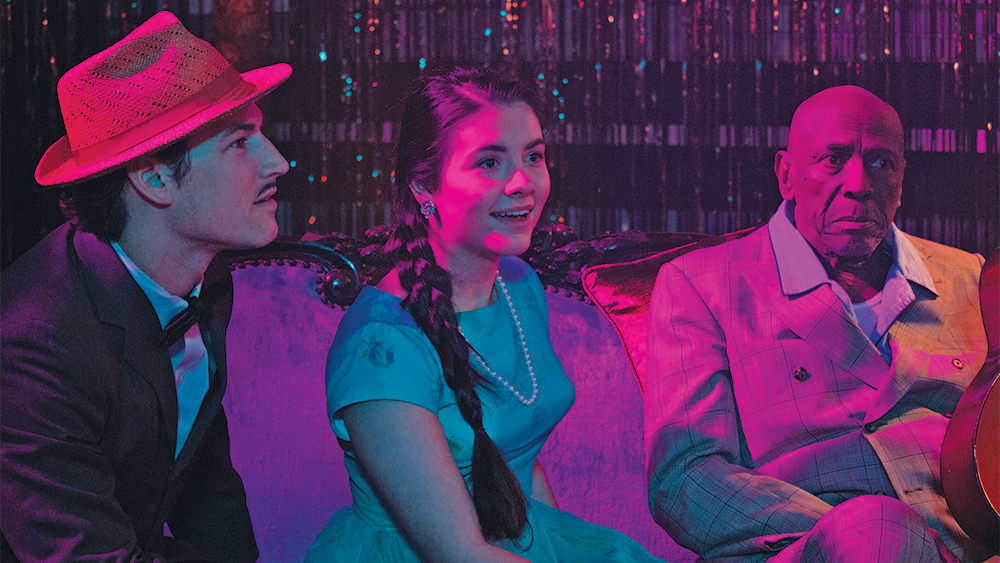
A beautiful and heartwarming story, THE CUBAN is rooted in shared multi-cultural and multi-generational experiences and the connective tissues of music and food that spark the magic in our lives and in ourselves. Propelled by an award-worthy performance from Louis Gossett Jr. and a toe-tapping, hip-swiveling score by acclaimed Cuban jazz pianist Hilario Duran, THE CUBAN lifts the spirit and fills the heart.
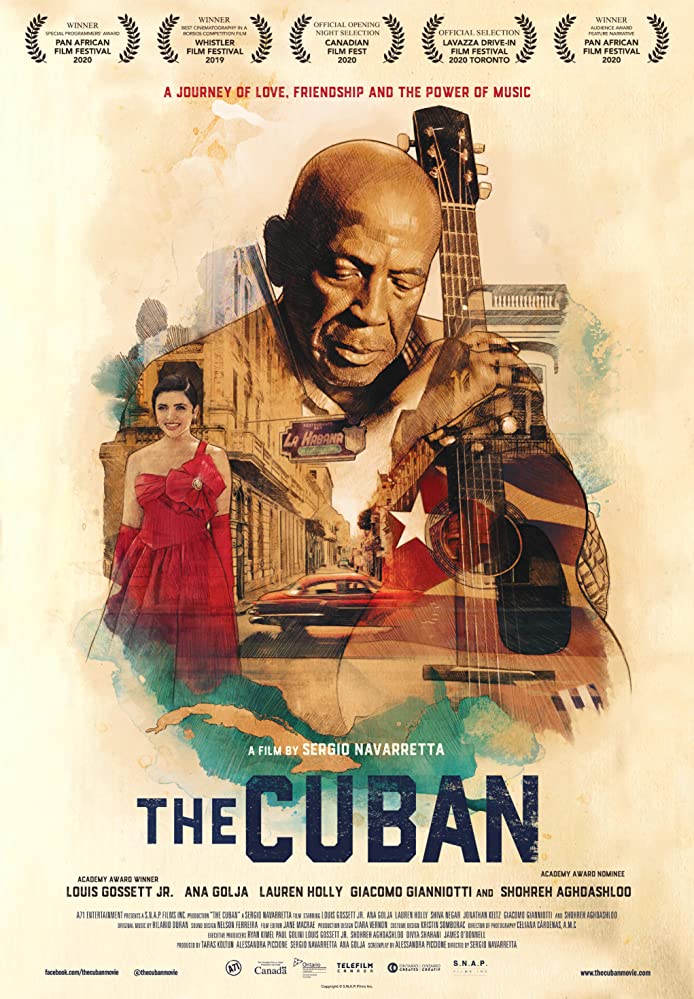
Written by Alessandra Piccione and directed by Sergio Navarretta, THE CUBAN is grounded in the friendship of Luis and Mina. With parts of the film shot in Cuba, a challenge in and of itself, the film has a palpable heartbeat from beginning to end. Speaking as much to the Cuban culture of Luis as to the Afghan culture of Mina and her Aunt Bano as to the American or Canadian culture of Kris, the film is universally connectable and emotional as we see that parents all want the same for their children, everyone has a past or some sort of cross to bear or dream that was lost, but it’s never too late to look to the future in friendship and joy.
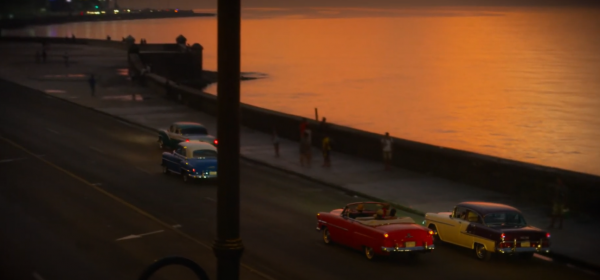
Mina is a young Afghan pre-med student working her way through school while gaining much needed patient experience at a convalescent care center where her Aunt Bano, a doctor in Afghanistan but unable to practice in the States, now works in administration. Mina lives with her Aunt, a strict disciplinarian who believes that Mina’s studies must be put ahead of all else. If there is an extra hour in the day to go for coffee with a cousin, that extra hour should be spent in class or on homework, not lollygagging over coffee. And definitely, no boys. Bano is also driven by fear and memories of Afghanistan and the war which now see her cloistered at home when not at work, with drapes drawn and the house quiet lest someone hear them.

Luis is an Alzheimer’s patient under Mina’s care. It is her job to feed him lunch everyday, something which has proven to be less than successful with other caregivers at the facility. One look at Luis and you see the vacancy and emptiness of his eyes. He is non-responsive to the point of appearing catatonic. The life is gone from him. You understand why he’s not eating, why he’s not responding. He has given up. Or has he. Imagine Mina’s surprise and joy when Luis responds to her humming an old rhythmic Cuban tune. He starts to smile and sway in his wheelchair. The seeds of friendship are born.

It bears mentioning that director Navarretta and writer Piccione integrate as part of the script, the medical research and an accepted medical practice of using music as a means to reach and relate to those suffering with dementia and Alzheimer’s. This connective tissue of music between Luis and Mina that sparks cognition for Luis was not pulled out of thin air.
Once Mina has found a way to reach Luis, she doesn’t stop. She cooks him Cuban food and sneaks it in for his lunch. She brings an old record player and plays Cuban jazz records that belonged to her grandfather. (Mina is a bit of a melting pot herself.) These are two kindred spirits with a friendship that is timeless. And they share stories, particularly Luis, who reveals to Mina that he was once a famed Cuban musician – “El Guitarrista”. Through these stories, the past comes alive with electrifying Technicolor vibrancy as Luis is transported back to Havana in its heyday with Mina vicariously coming along for the ride.
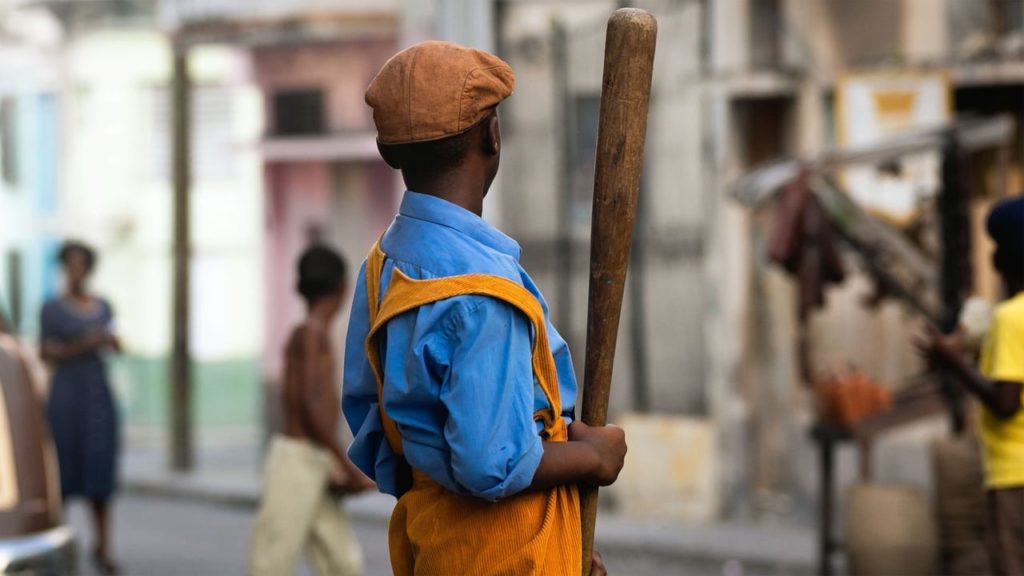
The more Luis thrives, the more Mina finds her own voice, breaking out from under Aunt Bano’s thumb. But what happens when the nursing supervisor discovers what Mina has been doing? What happens when Aunt Bano finds out? And what happens when Mina finds out what the future holds for Luis?
Louis Gossett, Jr. defies words with his performance as Luis. Watching him and how he slowly tempers emotional expressiveness as a counter to a catatonic expressionless mode is a master class in acting. The way he captures a moment, a glimmer, the eyes light up. Pure magic.
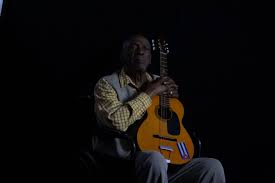
Ana Golja lights up the screen as Mina. She has an inner effervescence that radiates and that the camera loves. Golja brings an initial insecurity and naivete to Mina, but as Mina grows, so does Golja’s performance through facial expressiveness and body movement. Aiding in that development is Kristin Somborac’s costume design.
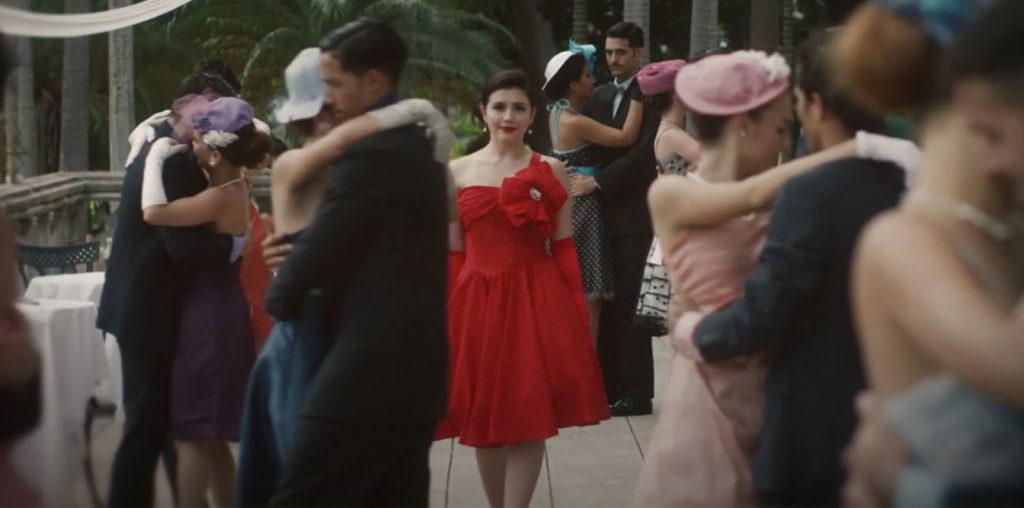
But then put Golja together with Gossett and get the music and memories going and they just explode. The more Mina and Luis connect through music and food and photos, the effervescence and vibrancy of life just takes control and fills the film with joy; and dare I say that Gossett’s own fun-loving persona comes shining through. Another winning performance comes from Giacomo Gianniotti as Kris. He brings a common sense mature grounding to the film that is not tied to the past and by extension, helping Mina grow and move. The chemistry between Golja and Gianniotti is strong, yet easygoing and comfortable, prompting you to root for Kris and Mina as a couple. Watching them together is pure joy. Gianniotti is definitely leading man quality and I look for big things yet to come for him.
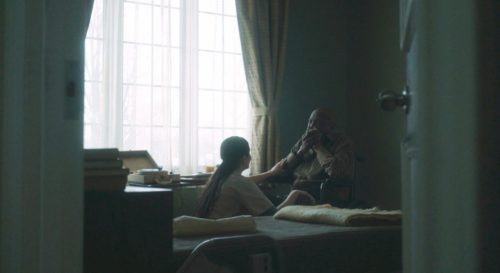
As comes as no surprise, Shohreh Aghdashloo is rock solid as Aunt Bano. It’s through Bano and Gossett’s Luis that scribe Alessandra Piccione’s story structure and character design metaphorically soar. Luis is a prisoner of dementia but thanks to Mina, the vibrancy of the past comes to life and not just for him. Aunt Bano, on the other hand, is a prisoner of the past and is living in fear. It’s an interesting parallel and Mina is smack in the middle.
The devil is in the details of THE CUBAN and Navarretta leaves no stone unturned, using Ciara Vernon’s production design and Celiana Cardenas’ cinematography as the cornerstones of the film’s high production values.

Cinematography is exquisite. Flashbacks to Luis’ younger days in 1950’s Cuba as El Guitarrista are gorgeous as is the film’s climactic number at the “Havana Lounge”. Rich, lush, vibrant, bright. A kaleidoscopic Technicolor dream. Fabulous. Cardenas’ lighting and framing is dazzling and fluid; the camera is constantly in motion showcasing Vernon’s design elements while providing a visual lyricism that mirrors Hilario Duran’s musical beats. Contrasting that life-giving look with the darker world in which Mina and Luis live, delivers the truth in the underlying emotional notes of the film. The nursing home is dark with a greyish pallor. At home, Bano never has curtains open and lights are dimmed or off. The home is always cloaked or closeted away as if still hiding in Afghanistan during the war. However, the more Mina connects with Luis, and with Kris, the more we see light come into the frame and the frame widen.
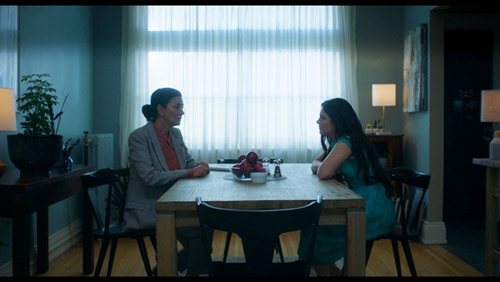
What is visually and emotionally exciting is to see not only the similarities between cultures and people, but the visual melding of the worlds into one which embraces the best of both; all of which falls in step with the growing relationship of Mina and Kris, developing a natural and freeing tone.
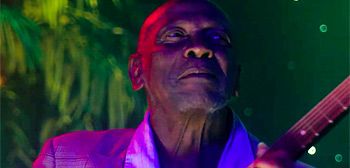
Kudos to sound designer Nelson Ferreira and his team for their exemplary work, particularly with the musical mixing and editing. It is a wow, to be sure. Award-winning Cuban jazz musician Hilario Duran did the music for the film and it is phenomenal. Roberto Occhipinti produced the score. (Get the soundtrack!) Infectious, high energy, jovial, and uplifting, Duran’s music is a fusion of Afro-Cuban rhythms and Spanish flamenco transcending racial and cultural barriers while celebrating the Cuban experience. It is beyond exhilarating. And for the musical numbers in the film, some are prerecorded due to logistics and the enormous detail and production value involved, but others, such as an emotional rendition of “Guantanamera” featuring Ana Golja on vocals, were performed and recorded live during shooting.
The feel good film of the year! And, it’s got a beat and you can dance to it
Directed by Sergio Navarretta
Written by Alessandra Piccione
Cast: Louis Gossett Jr., Ana Golja, Shohreh Aghdashloo, Giacomo Gianniotti
by debbie elias, 07/15/2020











